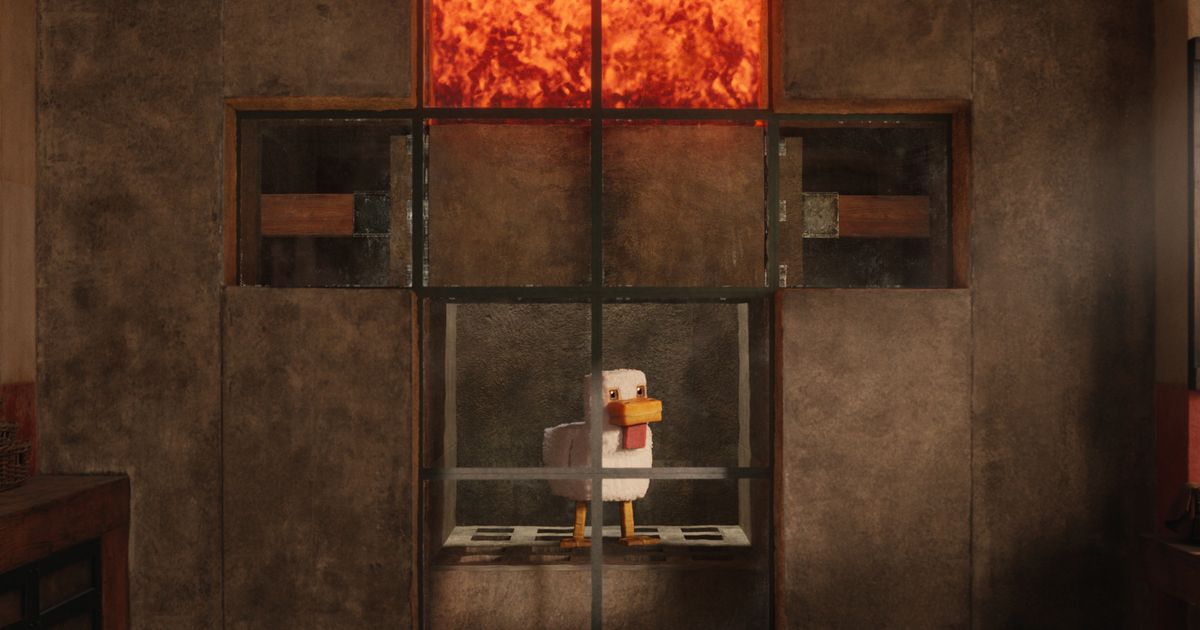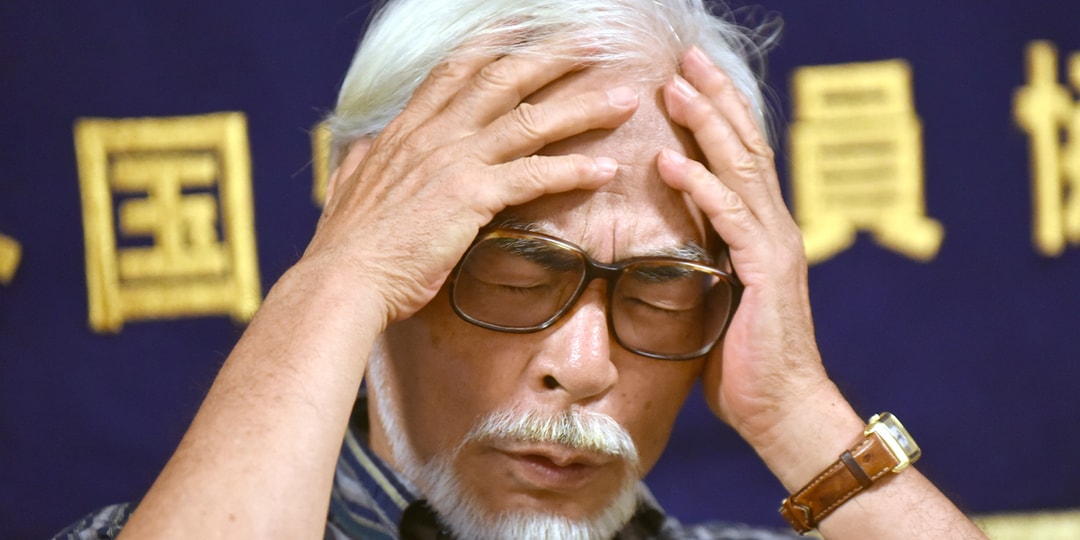The Gripping Finale of 'The Pitt': A Reflection on the Chaos of Modern Healthcare

In the much-anticipated Season 1 finale of the Max medical drama The Pitt, the emergency room (ER) is depicted returning to its chaotic state after an intense day dealing with over 100 victims from a mass shooting. As the staff rushes to wrap up their grueling shifts, colleagues urge each other to go home and rest, yet many choose to linger. The exhaustion is palpable; the day shift has been on duty for an excruciating 15 hours. One resident confesses to an intern that she is running purely on adrenaline and is bound to crash soon. Another doctor solemnly remarks, This job cant be your life. However, the waiting room, temporarily cleared during the treatment of the festival casualties, is once again teeming with patients in urgent need of medical care. As much as the healthcare workers deserve a well-earned nights rest, they are acutely aware that their duties are far from complete.
This finale serves as a fitting conclusion to a season that has unfolded in near real-time, with each episode covering just one hour. The previous episodes have been dominated by the dramatic efforts of the staff to save lives as ambulances brought in stretcher after stretcher filled with critically injured festivalgoers. However, at its core, The Pitt highlights the daily hurdles faced by the overburdened, underfunded ER that is tasked with addressing the most pressing health crises of a fractured societychallenges that often seem insurmountable no matter how hard the medical team pushes themselves. Running the ER is a Sisyphean task, observes Noah Wyles character, Michael Dr. Robby Rabinovich, to a fellow physician, before wryly quoting Albert Camus essay, The Myth of Sisyphus, adding, One must imagine Sisyphus happy.
The Pitt has quickly established itself as a bona fide hit for the streaming service Max, consistently attracting more viewers each week, as indicated by Nielsen reports that place it close to the streaming platforms top ten rankings. The series initially captivated audiences with the promise of an ER reunion. Wyle, one of the standout stars of the iconic 1990s drama, returned not only to the hospital setting but also to collaborate with ER producers John Wells and R. Scott Gemmill, who conceptualized The Pitt. This strong connection to the beloved show has even led to an ongoing lawsuit from the estate of ER creator Michael Crichton, stemming from trademark issues.
As the season progressed, viewers and critics alike lauded the series for its nostalgic return to the golden age of network procedural dramas. It provided a comforting throwback, showcasing competent and caring medical professionals tackling life-or-death situations within the confines of tightly constructed episodes that echo the 45-minute runtime typical of traditional broadcast television. Many fans find solace in watching doctors navigate their way through crises with a blend of humor and compassion.
While The Pitt undoubtedly fills a void for viewers seeking comfort in dramatic medical narratives, some critics express mixed feelings about the shows reliance on familiar tropes. Though the core cast's performances are commendable, with Wyle delivering a standout portrayal, certain guest appearances veer into overly dramatic territory. This tendency is exacerbated by some characters being portrayed in a rather superficial manner, such as a senior hippie wheeled in from the festival who appears to be dressed in a costume more suitable for a Halloween party than a medical emergency. Additionally, the dialogue sometimes leans into preachy territory, delivering overtly moralistic speeches that detract from the organic development of the storylines.
What initially drew me to The Pitt, especially as someone with family ties to public health, was its insightful exploration of a healthcare system in crisis. Phillip Maciak of The New Republic aptly characterized its blend of contemporary themes and nostalgic elements, stating, ER was a workplace romance; The Pitt is a workplace catastrophe. The show benefits from the input of real emergency physicians, some of whom practice in Pittsburgh, who consulted on the medical details and even contributed storylines. This authenticity has resonated with medical professionals, prompting organizations such as EM:RAP to endorse it as a must-watch for emergency medical personnel.
As the series unfolds, it becomes evident that the challenges faced by Robby and his team extend beyond physical ailments; they serve as a critical last refuge for patients grappling with multifaceted emergencies that often intertwine with societal issues. By the time many patients arrive at the ER, they have encountered numerous failures within the social safety net, leading to potentially catastrophic outcomes if they do not receive help. The show encapsulates various scenarios, from individuals requiring basic sustenance to those who present with deeply troubling situations that highlight grave social problems.
During the early episodes, viewers witness a poignant moment involving a mother who, in a desperate bid to get her troubled teenage son the help he needs, resorts to administering ipecac to induce vomiting, hoping to secure a psychiatric intervention. This gripping narrative culminates in the harrowing mass shooting incident, which serves as the climax of the season.
While some storylines may feel didactic or implausibleconsidering the sheer number of politically relevant cases converging in the ER on any given daythis critique seems trivial when one considers how The Pitt effectively serves as a metaphor for contemporary America. The series vividly illustrates how public spaces have transformed into waiting rooms of sorts, rife with conflict, anger, and suffering, overseen by administrators who often exacerbate the chaos or retreat to their offices, ignoring the crises unfolding before them.
The comforting fantasy of The Pitt lies in its portrayal of dedicated medical professionals who, despite the challenges they face, remain committed to their patients. When individuals finally navigate the chaotic waiting room, they encounter empathetic and skilled staff ready to listen, address their needs, and alleviate their pain. These slightly idealized representations of real healthcare workers demonstrate their unwavering dedication, as they continuously show up for their shifts, ready to confront the many obstacles that come with the territory. Even amidst the despair of failed medical interventions or the heartbreak of losing patients, they forge ahead, grappling with the emotional weight of their choices. In a heartwarming reminder of resilience, Robby encourages his colleagues as they prepare to wrap up another exhausting day, saying, Tomorrows another day.


























